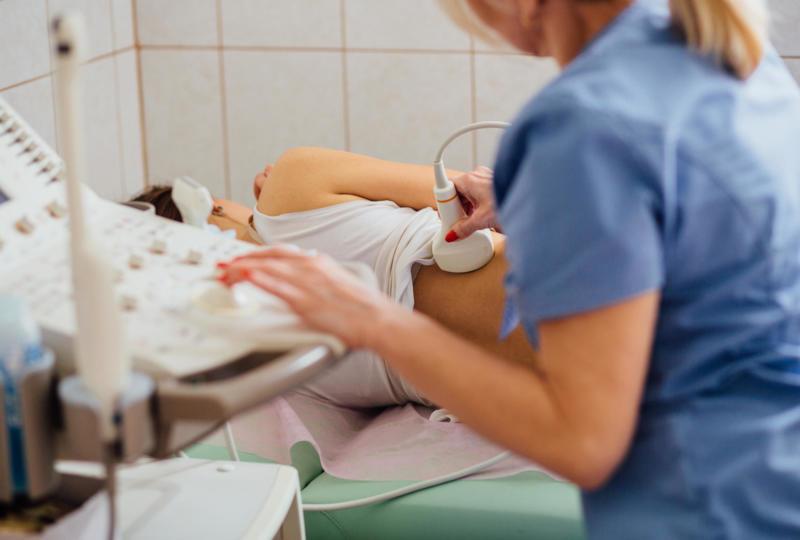Diabetes Insipidus: It's Not About the Blood Sugar
Diabetes insipidus develops when the body cannot regulate its fluids.
Diabetes insipidus happens when the body is unable to regulate how it handles the fluids. The kidneys are the organs that remove excess body fluids from the bloodstream and store it in your bladder as urine.
If your fluid regulating system is working, your kidneys conserve fluids and don’t pass on as much urine. The kidneys allow other systems like sweating to pass fluids out of the body.
Your body is a wonderful fine-tuned machine, and the volume of body fluids stay balanced through a combination of intake and excretion by the kidneys. Thirst generally determines your fluid intake, but there are always situations where you are compelled to drink more fluid than necessary.
The amount of urine you excrete is influenced by the production of vasopressin or an anti-diuretic hormone (ADH). Your body makes and stores ADH in your pituitary gland, which sits at the base of your brain. When your body becomes dehydrated, ADH is released into your bloodstream and becomes concentrated. The kidney tubules trigger the kidneys to release fluids back into the bloodstream rather than exerting it as urine.
When this process is disturbed, you may have central diabetes insipidus or nephrogenic diabetes insipidus. You may also be experiencing gestational diabetes insipidus or primary polydipsia.
